A few years ago, Joanne and I were strolling down Ledbury Road in Notting Hill after a leisurely lunch, and we happened upon OTTOLENGHI restaurant.
Now, I had heard of the chef YOTAM OTTOLENGHI, but mainly from his famous cookbooks on Jewish cuisine. Since we had just finished lunch and weren’t hungry, all we could do was simply gaze at the explosively colorful array of creations, arranged on a buffet line unlike anything I’d ever seen.
Those memories came flooding back when I read that he was just at Temple Israel in Minneapolis a few weeks ago. And they got me thinking about Ottolenghi and his reputation as the new standard bearer for Jewish & Israeli cusine
Born in Jerusalem, the young Yotam spent childhood summers in Italy where he caught the culinary bug. As a young man he went off to train at Le Cordon Bleu in London, where he specialized in pastry. Afterward he worked as a pastry chef at one of our London favorites…LAUNCESTON PLACE in Kensington.
His creations – which extend far beyond sweets – are known for honoring the ingredients and cooking methods from “the Promised Land,” including regions and countries around Israel as well as the greater Mediterranean. In addition to being works of art – a riot of color and contrasts, soft and crunchy, high and low – the offerings lean toward vegetarian: Charred Broccoli with slivered garlic, chiles and cashews…Sweet Potatoes with figs, balsamic reduction, chiles and spring onions…Butternut Squash with strawberry cream, currants, olives, spring onions and ricotta…Coconut Prawn Stew and ricotta.
We had his Polenta Cake with Citron and Toasted Pistachios at Launceston Place on my birthday.
So I hadn’t thought much about Jewish – let alone Israeli – food for a couple of years (covid and all). But on a recent visit to Miami Beach, we visited a fabulous new Israeli restaurant called ABBALE (which translates to “Daddy”). It’s located in the “South of 5th” neighborhood in a little house with a fine patio.
Even though they have a liquor license, we started off with a bright and refreshing Frozen Lemonade.
Appetizers include a smoky Roasted Eggplant Babaganoush with Smoked Sea Salt, and an Israeli Crunchy Kale Salad loaded up with chunks of avocado and ricotta salata cheese.
A sampling of jaw-dropping small plates included a whole head of Yogurt-Roasted Baby Cauliflower with picked red onions, chiles, sultana raisins and sour cherries – well worth the $16 price, an open-face sandwich with avocado, egg, arugula and feta, a lamb kofta (in the form of baby meatballs), and a pita sandwich with hummus, black sesame tahini and pickled red cabbage.
Shakshuka (eggs in spicy tomato red-pepper sauce)…A Chicken Sashlik kebab with spicy sumac, tahini and pickled cabbage…and an order of polenta, feta and sweetcorn pancakes with a poached egg rounded out our lunch.
Except for…a block of Baklava topped with black-lime honey and a scoop of tahini ice cream. Never had that before.
As a matter of fact, I’d never had Israeli food before.
BUT WAIT!!!
What about the Ashkenazis?
Well, since about the 1500s, the Ashkenazis settled in Central and Eastern Europe (remember Fiddler on the Roof, set in Ukraine?). As a minority group they were generally forbidden from growing certain crops and vegetables, but were allowed to cultivate a limited variety of winter vegetables, including carrots, beets, parsnips, potatoes and rye, a close relative of wheat that grows throughout the winter. It provided their expert bakers with flour for rye bread and bagels.
The Ashkenazis weren’t exactly poor, but they had to make-do with less. Braised brisket, a tough working-muscle meat (chewy and juicy, just above the front leg of the cow) was affordable and rarely used by the gentile residents of the area. Same with chicken. The meat of the bird was, by and large, saved for the upper classes, while the livers were sold to the Jews. That’s good news on the culinary front, because we could have missed out on the emblematic Corned Beef and Pastrami sandwiches that we learned to love from the iconic New York delis.
Think chopped chicken liver, corned beef hash, and borscht from Ukraine…sweet braided babka, latkes, chicken schnitzel from Austria, stuffed cabbage rolls, and bagels from Poland…And let’s not forget “Bubbe’s” (Grandma’s) Matzo Ball Soup – the Jewish penicillin, able to stop colds in their tracks, nourish pregnant women and possibly cure leprosy. None of these might ever have existed.
Since the late 1800s a number of the Ashkenazi Jews from Central Europe immigrated to the United States – and most prominently to New York (KATZ’s DELI was founded in 1890).
So what happened? Why is Ashkenazi food rarely found in Israel?
First, the Holocaust. Second, in 1948, the declaration of the state of Israel.
Between 1948 and 1951, the largest migration ever to reach the shores of Israel occurred: 688,000 in all, mostly survivors of the Holocaust.
They arrived in Israel and were greeted by an entirely different, and much friendlier, climate than they’d known in Central and Eastern Europe. Harsh and long winters were replaced by warm, long summers. The new citizens of the Jewish state embraced the indigenous bounty. Vegetables, for example, became more than a side dish; they were even treated as an alternative to meat. Seafood varieties from the Mediterranean were galore. In the subtropical climate near the Sea of Galilee, mangoes, kiwis and bananas flourished. And “biblical” ingredients, such as figs, pomegranates and honey, populated dinner tables throughout the new state.
Cattle, the necessary first step for brisket, failed to flourish in the warm climate, as did the winter crop: rye. So new traditions took root, nourished by the agglomeration of regional dishes and cooking methods brought by the immigrants as well as the foods and recipes from their new neighbors, including Egypt, Jordan, Syria, Lebanon, Morocco, Tunisia. Concentrated in this tiny region – a melting pot of flavors, textures, aromas and sensations – a new cuisine and new traditions were born.
While embracing the foods of their new home, perhaps Jewish cooks also sought to remove and erase the vestiges of the past? Why wouldn’t they?
So where does that leave us? WHAT IS JEWISH FOOD, ANYWAY?
Is it the local Israeli style that I loved at ABBALE in Miami Beach and that YOTAM OTTOLENGHI has made so popular – a cuisine that prioritizes vegetables and combines Mediterranean and Middle Eastern culinary traditions into riotously flavorful dishes?
Or is it the Ashkenazi-influenced traditions that I feasted on in New York delis – Katz’s, Carnegie Deli, Barney Greengrass, Russ & Daughters, and Zabar’s. Among their iconic dishes: Pastrami on Rye, Latkes with salmon roe and sour cream, Passover Meatloaf, Corned Beef Hash, Chopped Chicken Liver with matzo crackers, Bagels and Cream Cheese, Matzo Ball Soup, and Chocolate Babka.
I guess I really like them both. Not being Jewish, I don’t follow the Kosher rules – but there is one dictum that seems worth observing: As Milton Berle stated so eloquently…“Every time someone goes into a deli and orders pastrami on WHITE BREAD, somewhere a Jew dies.” I don’t want that on my conscience.
WTF,
Phil
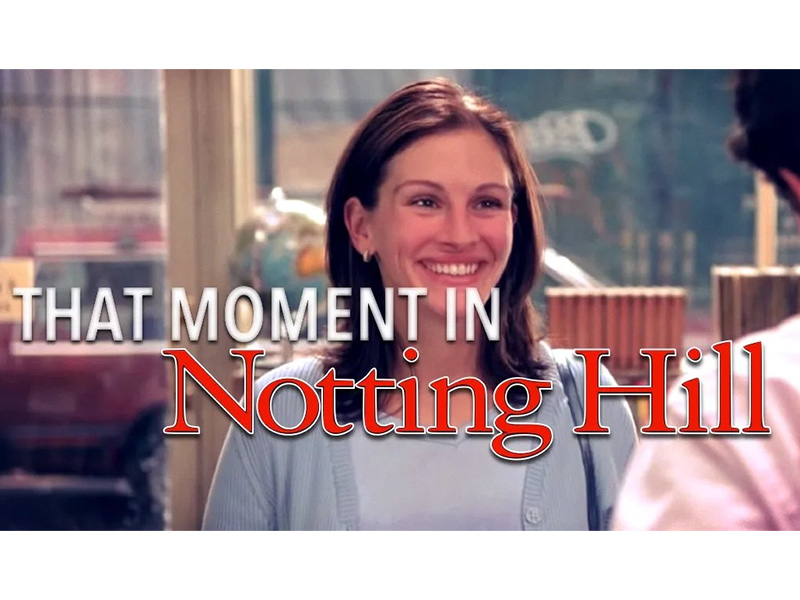

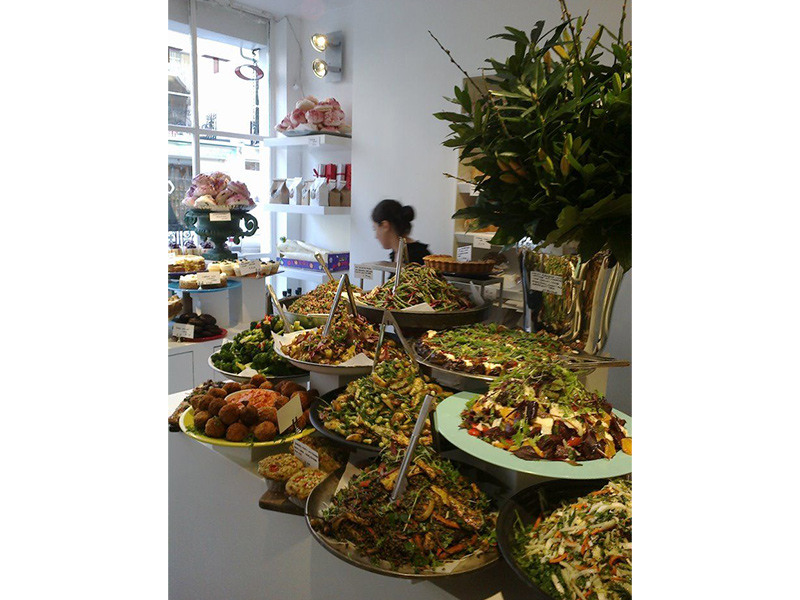
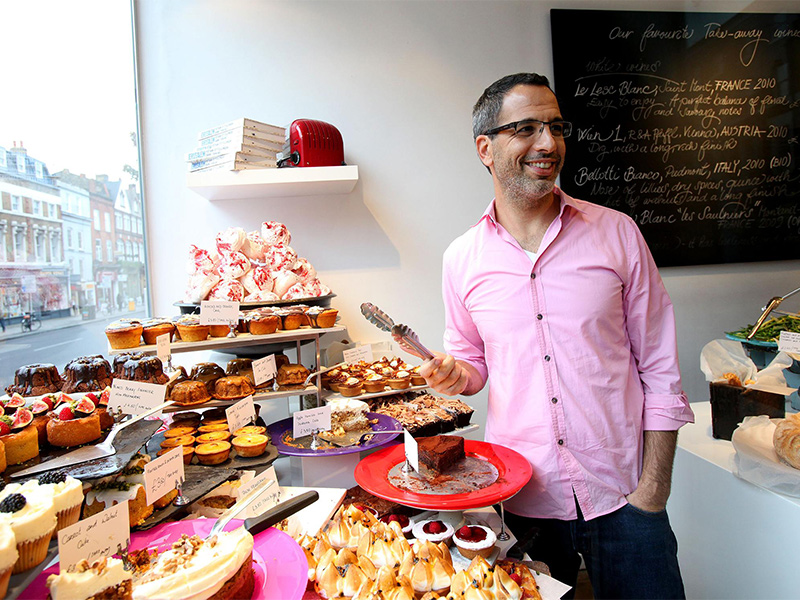
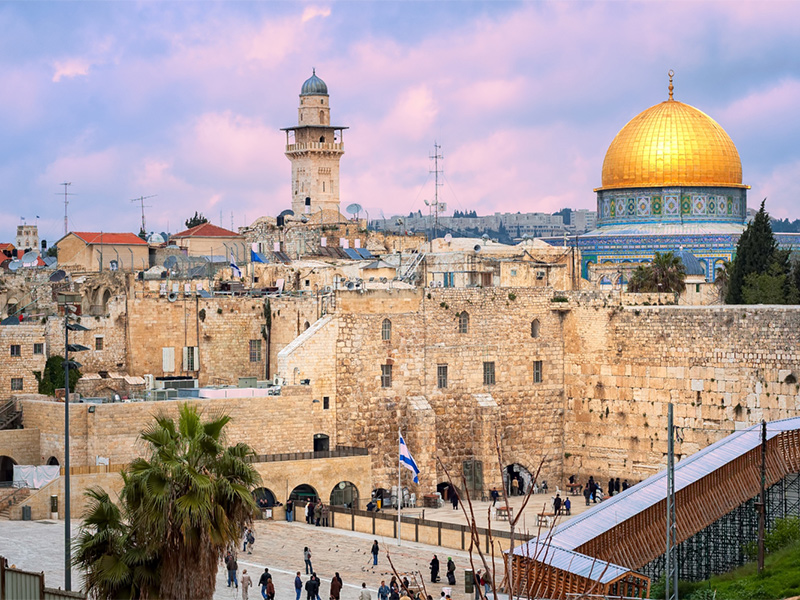
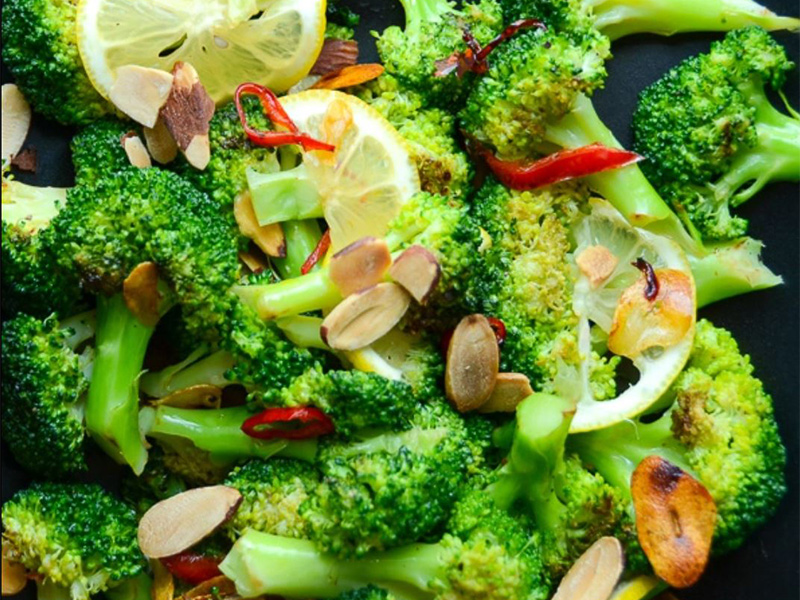
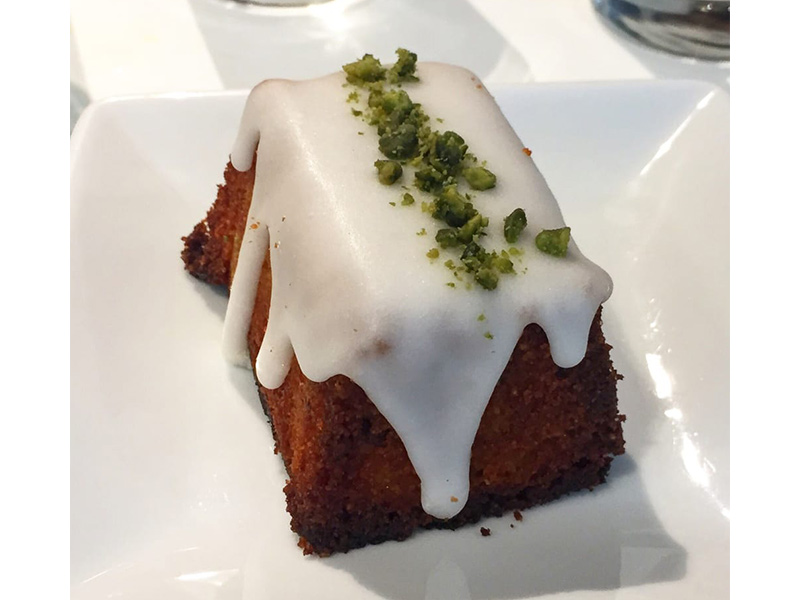
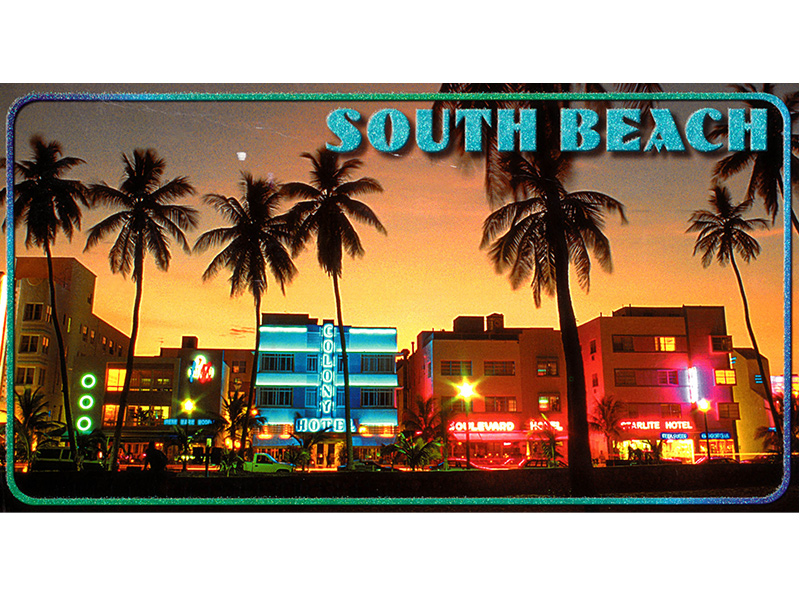
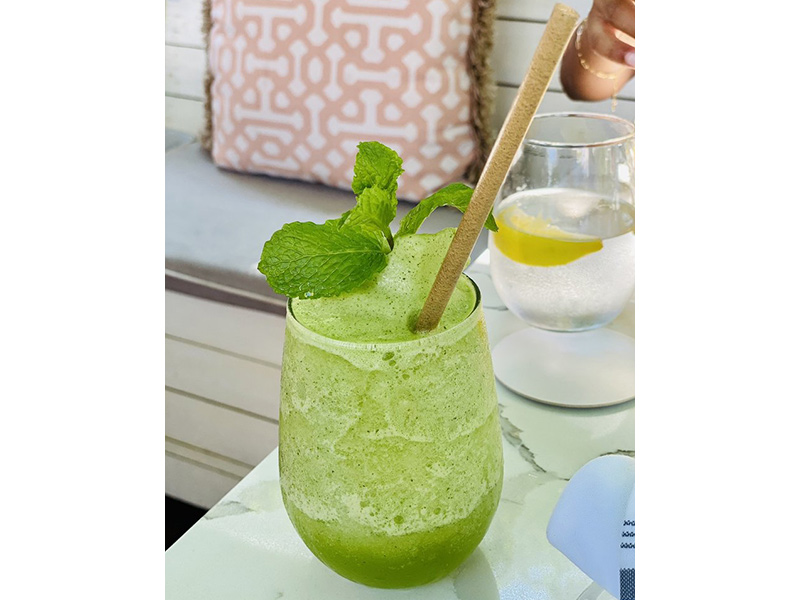
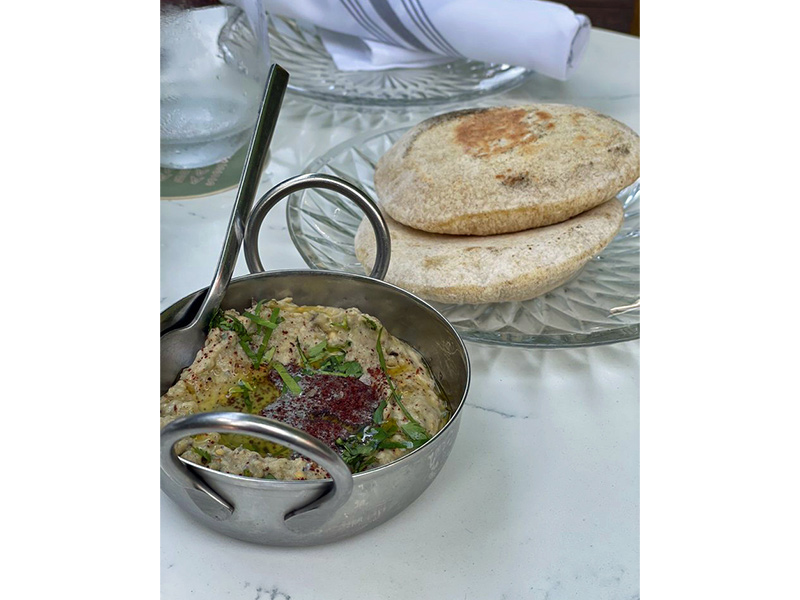
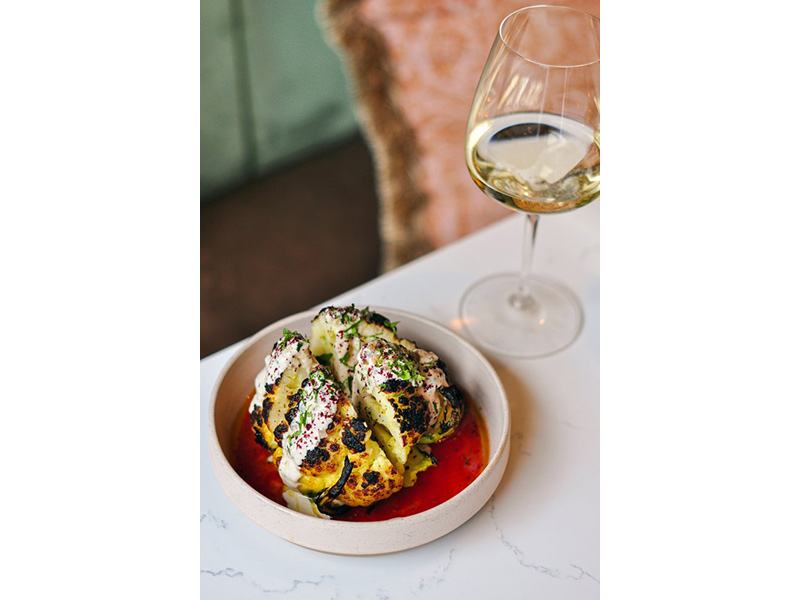
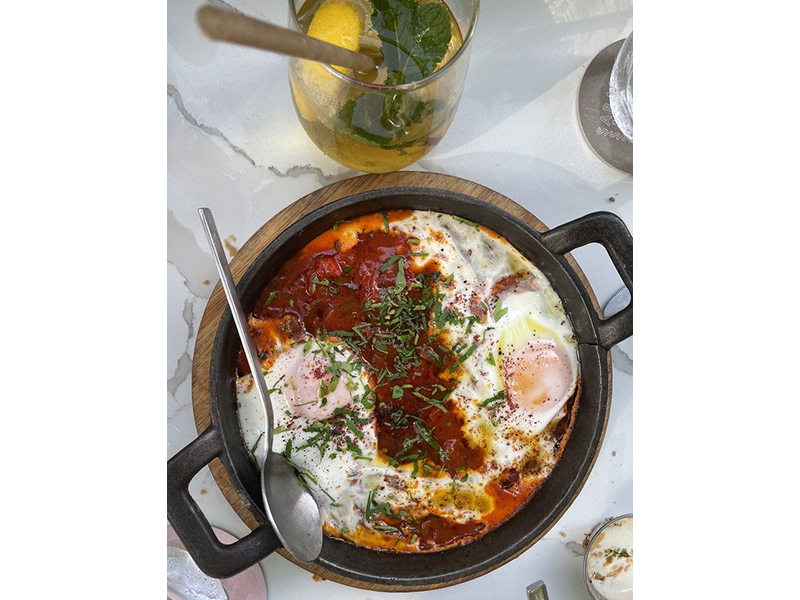
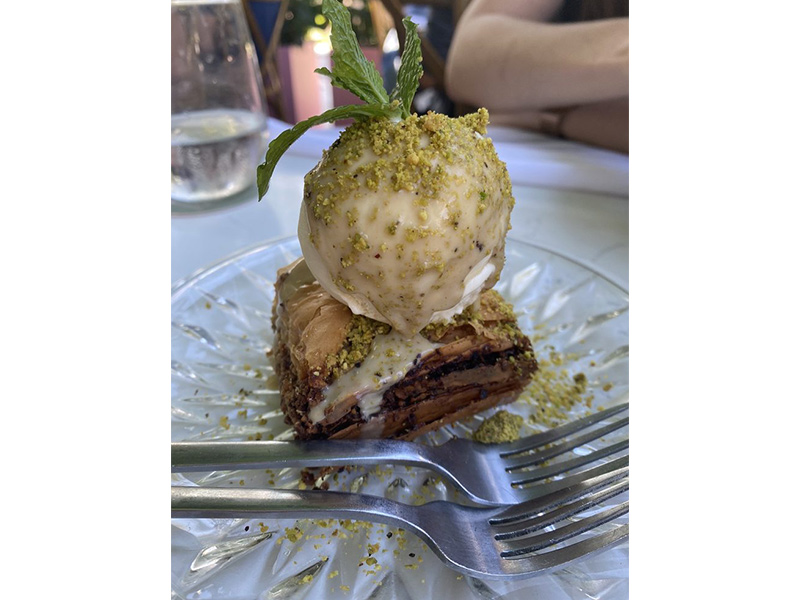


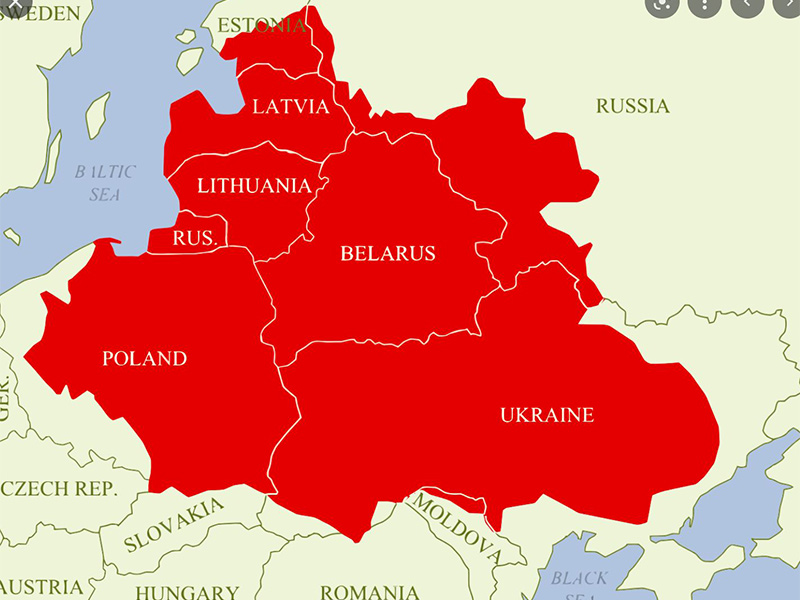
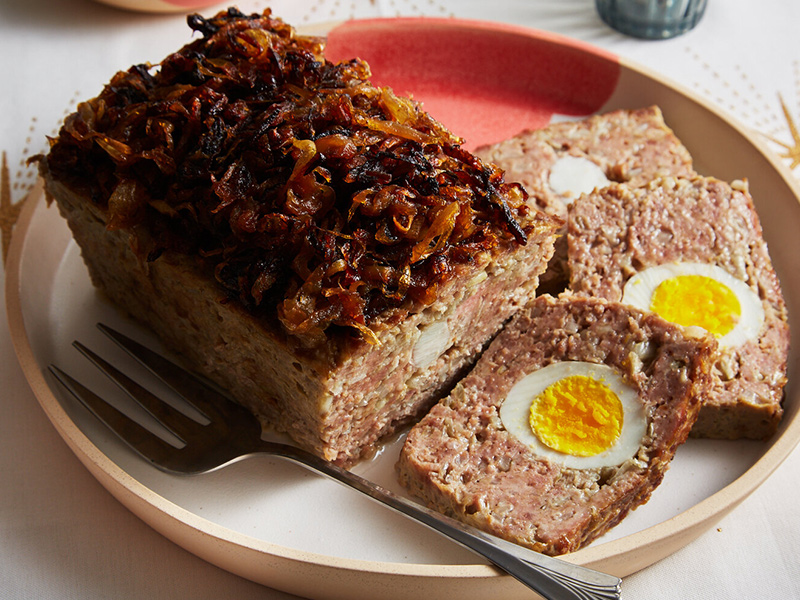
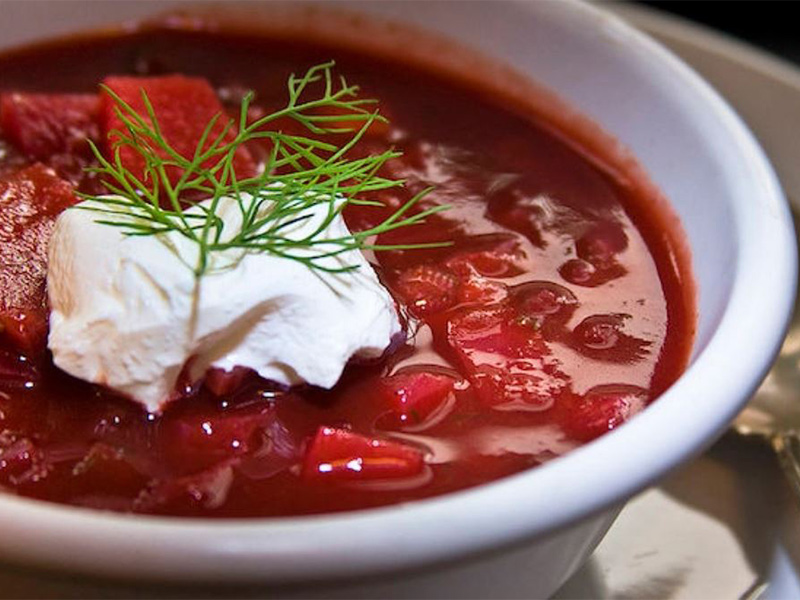
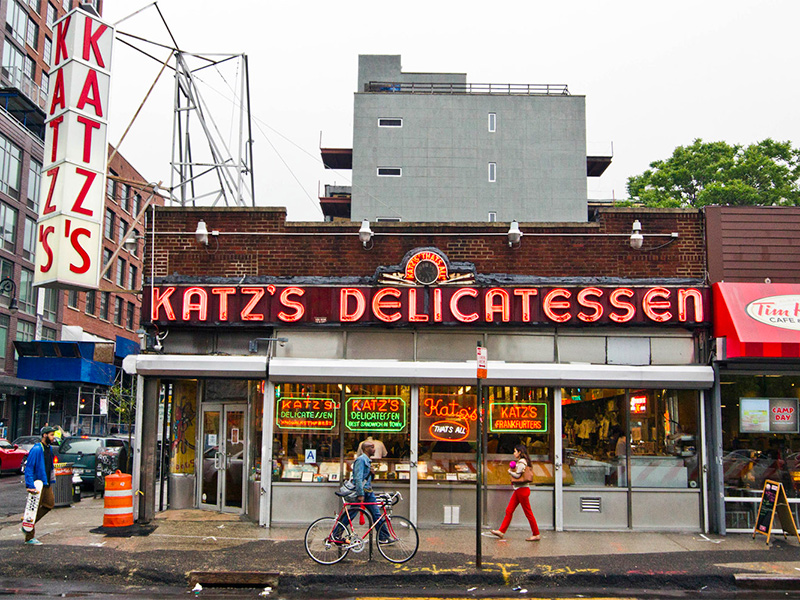

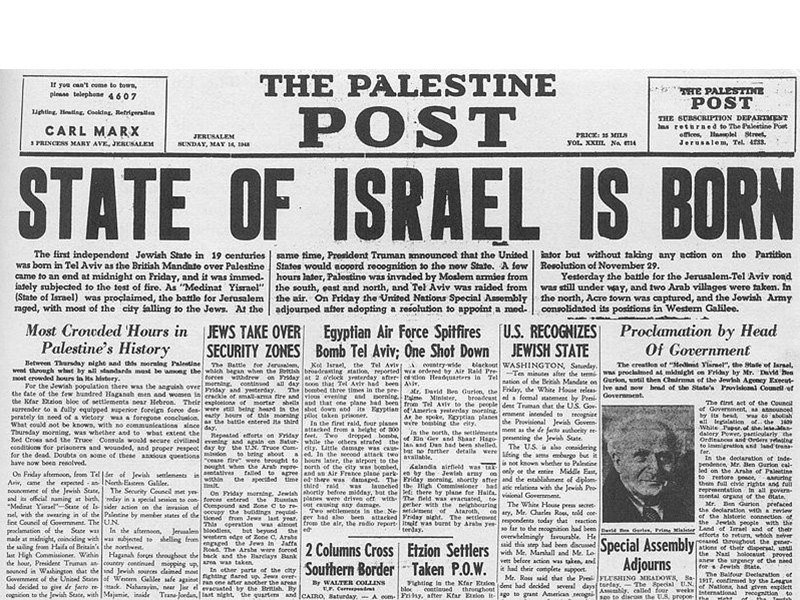
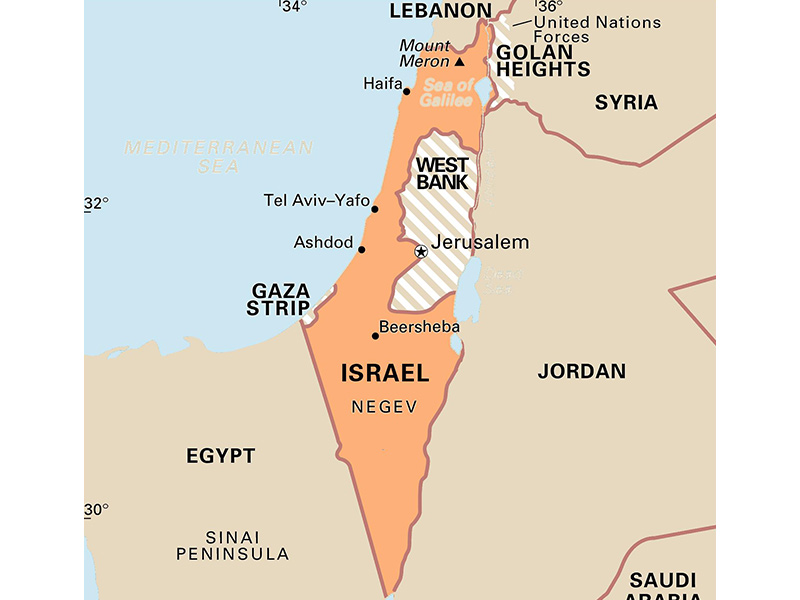
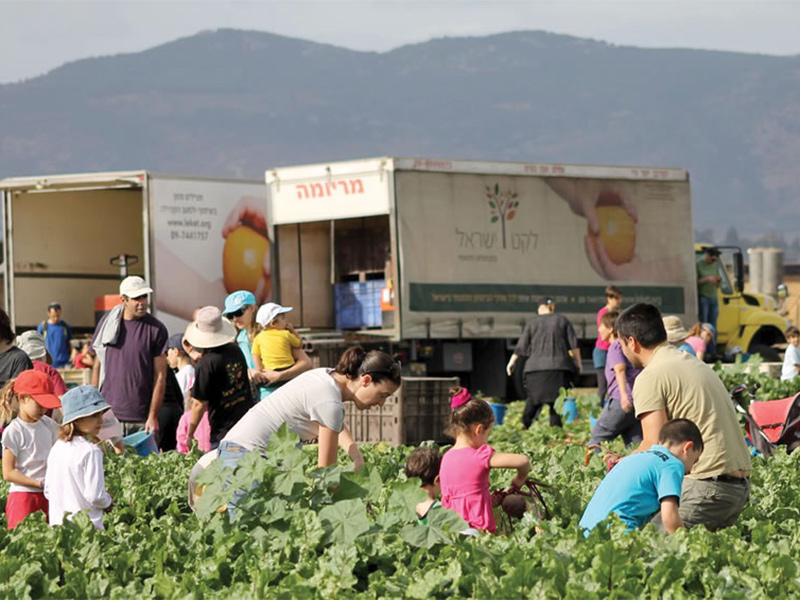

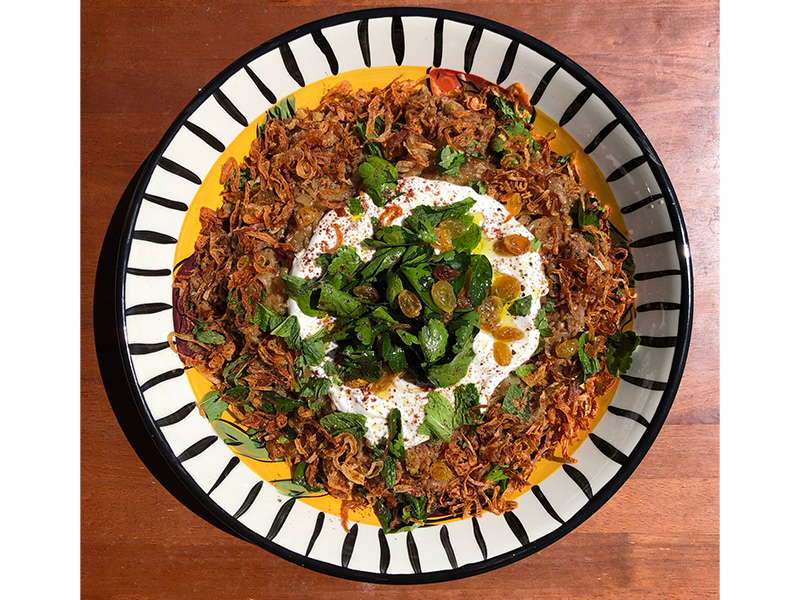
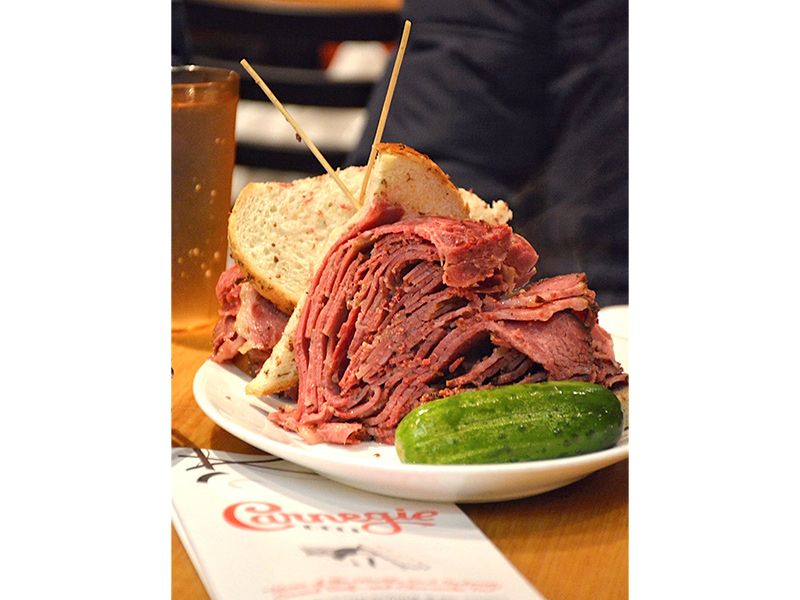
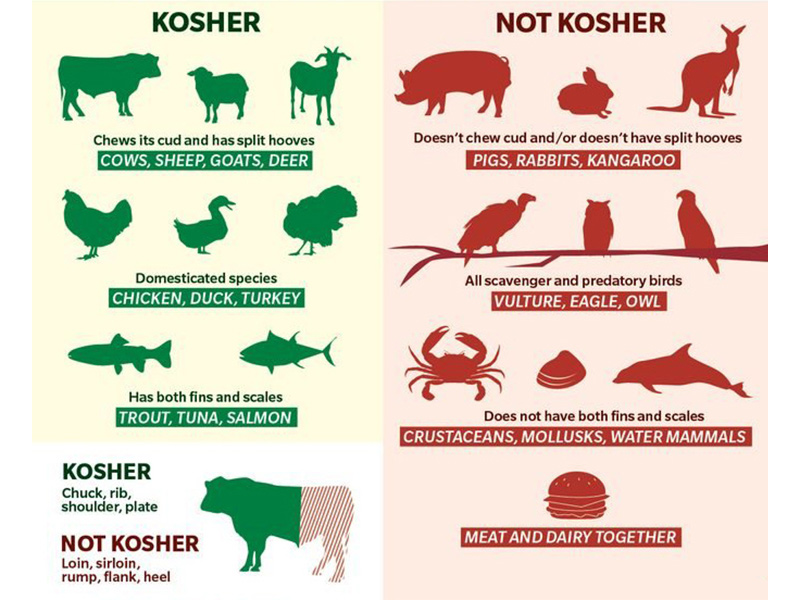
mku3ko